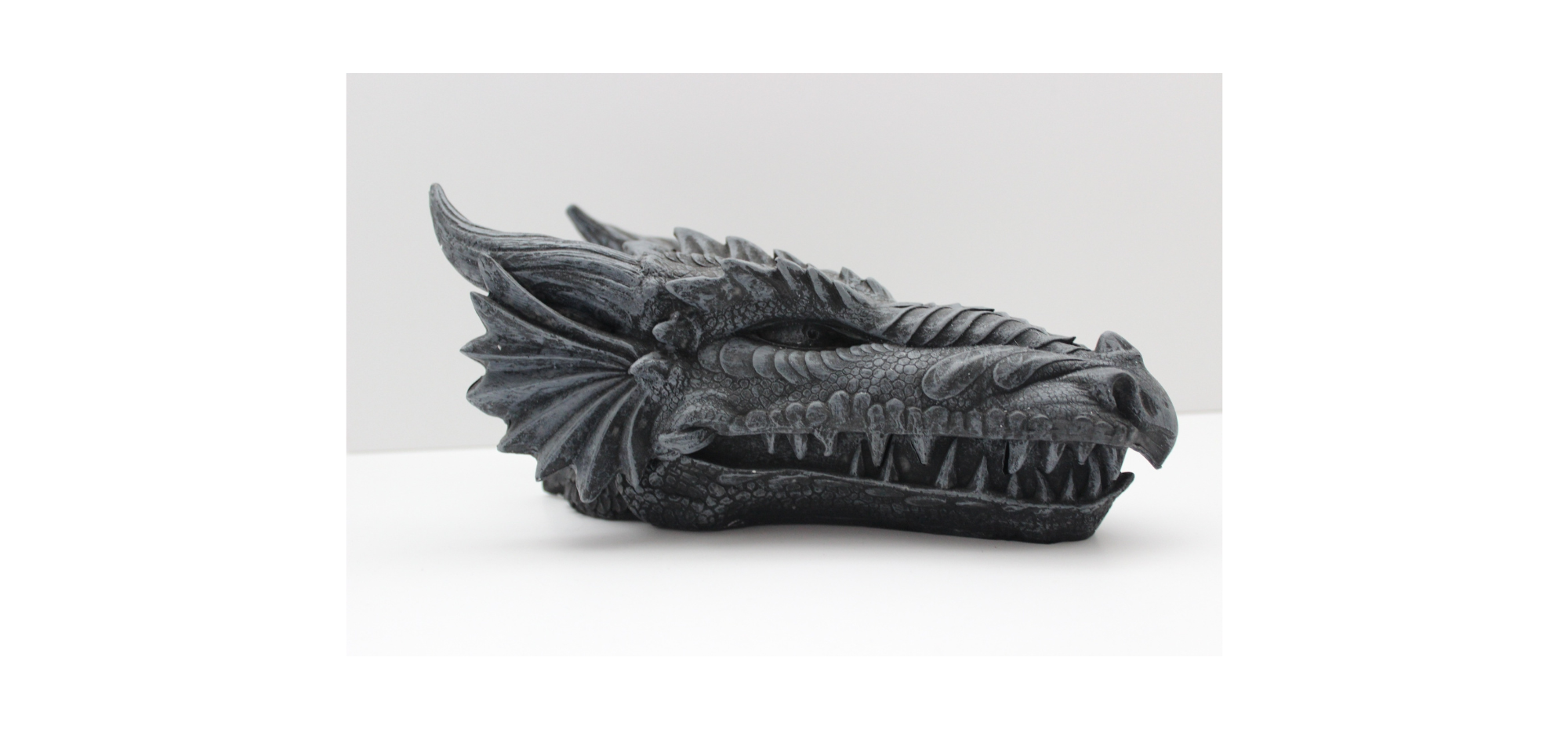Dragons Across World Cultures

Category: Mythical Creatures | June 16, 2025
No mythical creature has captivated the human imagination quite like the dragon. Found in the folklore of nearly every continent, dragons have taken many shapes—benevolent sky serpents, fearsome fire-breathers, and powerful guardians of hidden knowledge or treasure. Their diversity across cultures reveals not only our fascination with power and mystery but also how different societies view nature, divinity, and chaos.
In European legends, dragons are typically malevolent creatures. They hoard gold, destroy villages, and demand sacrifices. Slaying a dragon often becomes the ultimate heroic feat—think of St. George or Beowulf. These dragons are typically winged, fire-breathing, and reptilian, with associations to greed and destruction. They serve as tests of strength, courage, and virtue.
In contrast, East Asian dragons, especially in China, are often revered as wise, noble, and bringers of good fortune. They are serpentine, wingless, and closely tied to water, rain, and rivers. The Chinese dragon (long) symbolizes imperial power and cosmic balance. Emperors were said to be descendants of dragons, and dragon dances are still performed to usher in luck during festivals.
In Japanese mythology, dragons are similar to their Chinese counterparts but tend to be more associated with the sea. Ryū, the dragon king, rules over the ocean and guards precious pearls. In Korean traditions, dragons are celestial beings often depicted with long whiskers and a flaming orb, representing knowledge and enlightenment.
Across India, dragons appear in the form of the naga, a serpent deity that guards treasures and sacred sites. While sometimes dangerous, nagas can also be protectors. In Southeast Asia, dragons blend elements of Hindu, Buddhist, and indigenous traditions—often serving as divine guardians of temples.
In Indigenous American lore, dragon-like creatures emerge in the stories of the Quetzalcoatl in Mesoamerica—a feathered serpent deity of creation and learning. In the Pacific Northwest, Thunderbird legends sometimes overlap with reptilian beings who control natural forces.
Why do dragons appear nearly everywhere? One theory suggests that early humans unearthed dinosaur fossils and invented stories to explain these massive bones. Others believe dragons are archetypes born from a primal fear of predators—snakes, big cats, and birds of prey rolled into one terrifying form.
But whatever their origin, dragons have endured because they are endlessly adaptable. They reflect our dreams and nightmares, our warnings and our wisdom. Whether feared or worshipped, dragons continue to soar through our stories, embodying our deepest cultural values—and our wildest imaginations.
🌴 Jungle Chatter
Most popular reactions:
No reactions yet.